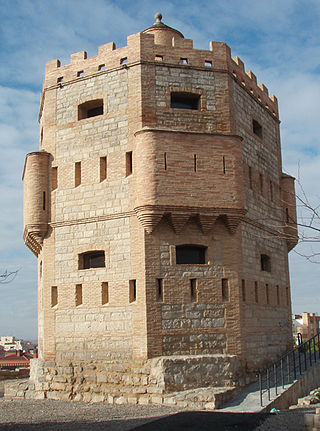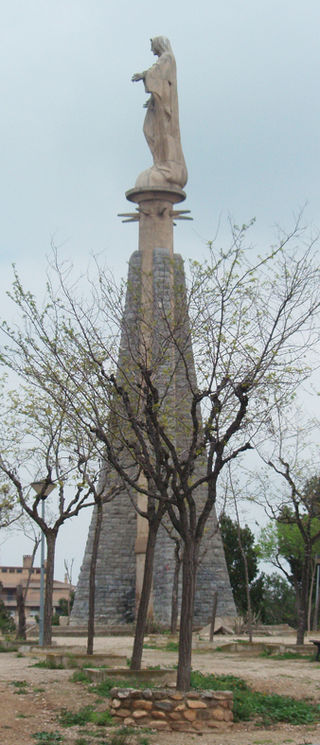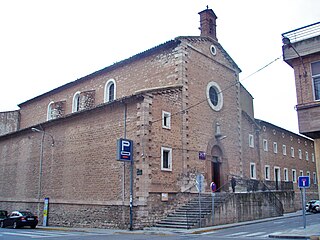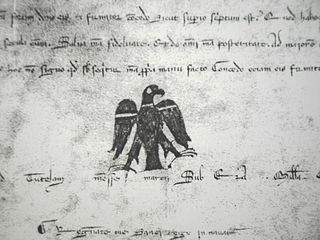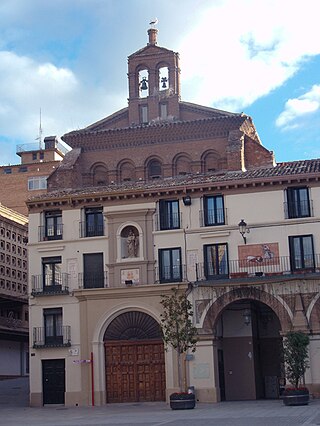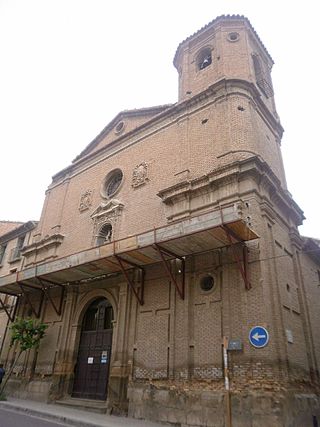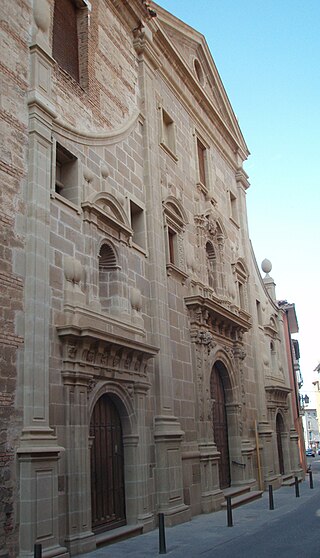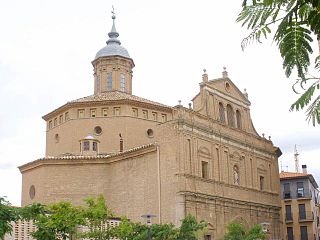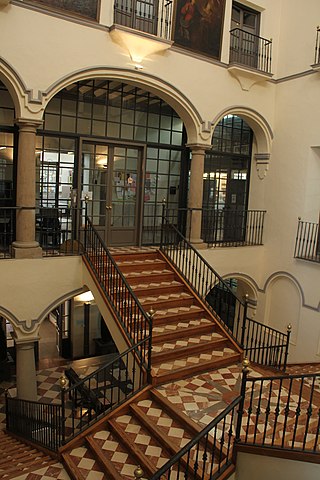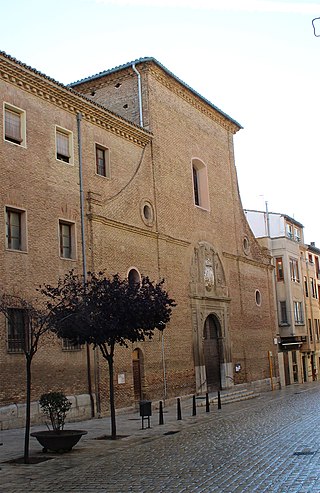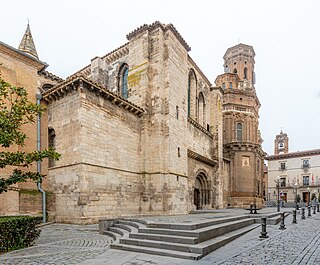Self-guided Sightseeing Tour #2 in Tudela, Spain
Legend
Tour Facts
2.4 km
63 m
Experience Tudela in Spain in a whole new way with our free self-guided sightseeing tour. This site not only offers you practical information and insider tips, but also a rich variety of activities and sights you shouldn't miss. Whether you love art and culture, want to explore historical sites or simply want to experience the vibrant atmosphere of a lively city - you'll find everything you need for your personal adventure here.
Individual Sights in TudelaSight 1: Torre Monreal
The Torre Monreal is a tower, traditionally considered to be of Arab origin, located on a hill southwest of the city of Tudela (Navarre), next to the Lourdes neighborhood. According to the archaeological excavations carried out in its surroundings and inside, it would belong to a watchtower to control the possible arrival of enemies in that area. It is the only watchtower in Tudela that has survived to the present day. It stands on a hill that dominates the city in the opposite direction to the Cerro de Santa Bárbara, where the Alcazaba or Castle of Tudela was located. In the past, this hill must have been known as Monte del Rey or Monte Real, from which it derives its name.
Sight 2: Monumento al Corazón de María
The Heart Monument of María de Tudela (Navarra) is a great statue built in honor of María in the mid -twentieth century in a hill in front of the Monreal Tower, near the Lourdes neighborhood. The heart of Mary has her counterpoint on the other side of the city, on the hill of Santa Barbara, with the monument dedicated to the heart of Jesus.
Sight 3: Iglesia y convento de los Capuchinos
The Capuchin Convent and Church of the Divine Shepherdess of Tudela (Navarre) is a convent and church of the Capuchin order of the late nineteenth century, located on the street of the same name in the current Tudela Extension.
Wikipedia: Iglesia y convento de los Capuchinos (Tudela) (ES)
Sight 4: Estatua de Sancho El Fuerte
Sancho VII called the Strong was King of Navarre from 1194 until his death in 1234. He was the son and heir of Sancho VI, whom he followed as the second king to hold the title of King of Navarre. Sancho VII was the first to use the chains of Navarre as his blazon, a symbol that later would become the main one of Navarre, and the last member of the Jiménez dynasty, which had ruled since the 9th century.
Sight 5: Iglesia de Santa María de Gracia
The parish church of Santa María de Gracia de Tudela (Navarre) is a Gothic-Renaissance church of the sixteenth century that belongs to the Hospital of the same name and is located between the current Plaza Nueva and Don Miguel Eza street in Tudela.
Sight 6: Iglesia del Carmen
The church and convent of Carmen de Tudela (Navarre) is a temple of the late sixteenth century, in Mannerist style, located on the corner of Gayarre and Carmen Alta streets in the Old Town of Tudela, with an exit on the latter street.
Sight 7: Iglesia de la Virgen del Rosario y Convento de Las Dominicas
The Convent of the Dominicans and Church of the Virgin of the Rosary of Tudela is a temple built in the seventeenth century, which is located on the street of the same name in the Old Town of Tudela.
Wikipedia: Iglesia y convento de las Dominicas (Tudela) (ES)
Sight 8: Iglesia de la Compañía de María
The church of the Company of Mary, or La Enseñanza, in Tudela (Navarre), "one of the best architectural ensembles of the eighteenth century in the Navarrese Ribera and the only essentially Baroque monument in the area, was built in the second quarter of the aforementioned century, from 1732, being blessed in 1742". It is located in the Plaza de San Juan and Calle de la Enseñanza, a name linked to this religious community. In addition to the church, the only original thing that survives, the Company of Mary Our Lady has a convent and school, both renovated or rebuilt later.
Sight 9: Palacio de Marqués de Huarte
The palace of the Marquis of Huarte de Tudela (Navarre) is a splendid Baroque palace from the mid-eighteenth century, it has two facades, on Mercadal Street and on the Herrería Street. It is located in the Old Town of the city. It currently houses the Yanguas and Miranda Library and the Municipal Archive of Tudela.
Sight 10: Iglesia de San Jorge
The church of San Jorge el Real in Tudela (Navarre) is in the Jesuit Mannerist style of the seventeenth century. It is located in Plaça Mercadal. It was the chapel of the Jesuit convent until the expulsion of the Society of Jesus in 1767, then it became the property of the Crown, which is why it was called San Jorge el Real and for which the coat of arms of Charles III appears on its façade. Later it became a parish.
Sight 11: Catedral de Santa María
The Cathedral of Santa María de Tudela (Navarre) is a late Romanesque temple, inspired by Cistercian architecture, of large dimensions, which began to be built at the end of the twelfth century during the reign of Sancho VI the Wise, passing the baton to his son Sancho VII the Strong, who in turn passed it on to his nephew Theobald I. He used some of the foundations of the Great Mosque of Tudela. As the orientations of the two temples did not coincide, the mosque was demolished to build the new temple and only some of its foundations were used.
Share
How likely are you to recommend us?
Disclaimer Please be aware of your surroundings and do not enter private property. We are not liable for any damages that occur during the tours.
GPX-Download For navigation apps and GPS devices you can download the tour as a GPX file.
